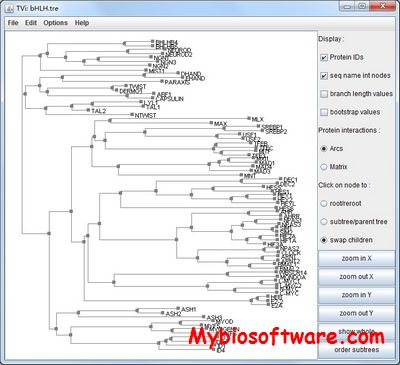Pprint
:: DESCRIPTION
Pprint is a web-server for predicting RNA-binding residues of a protein.
::DEVELOPER
:: SCREENSHOTS
N/A
:: REQUIREMENTS
- Web Browser
:: DOWNLOAD
 NO
NO
:: MORE INFORMATION
Citation
Proteins. 2008 Apr;71(1):189-94.
Prediction of RNA binding sites in a protein using SVM and PSSM profile.
Kumar M1, Gromiha MM, Raghava GP.
